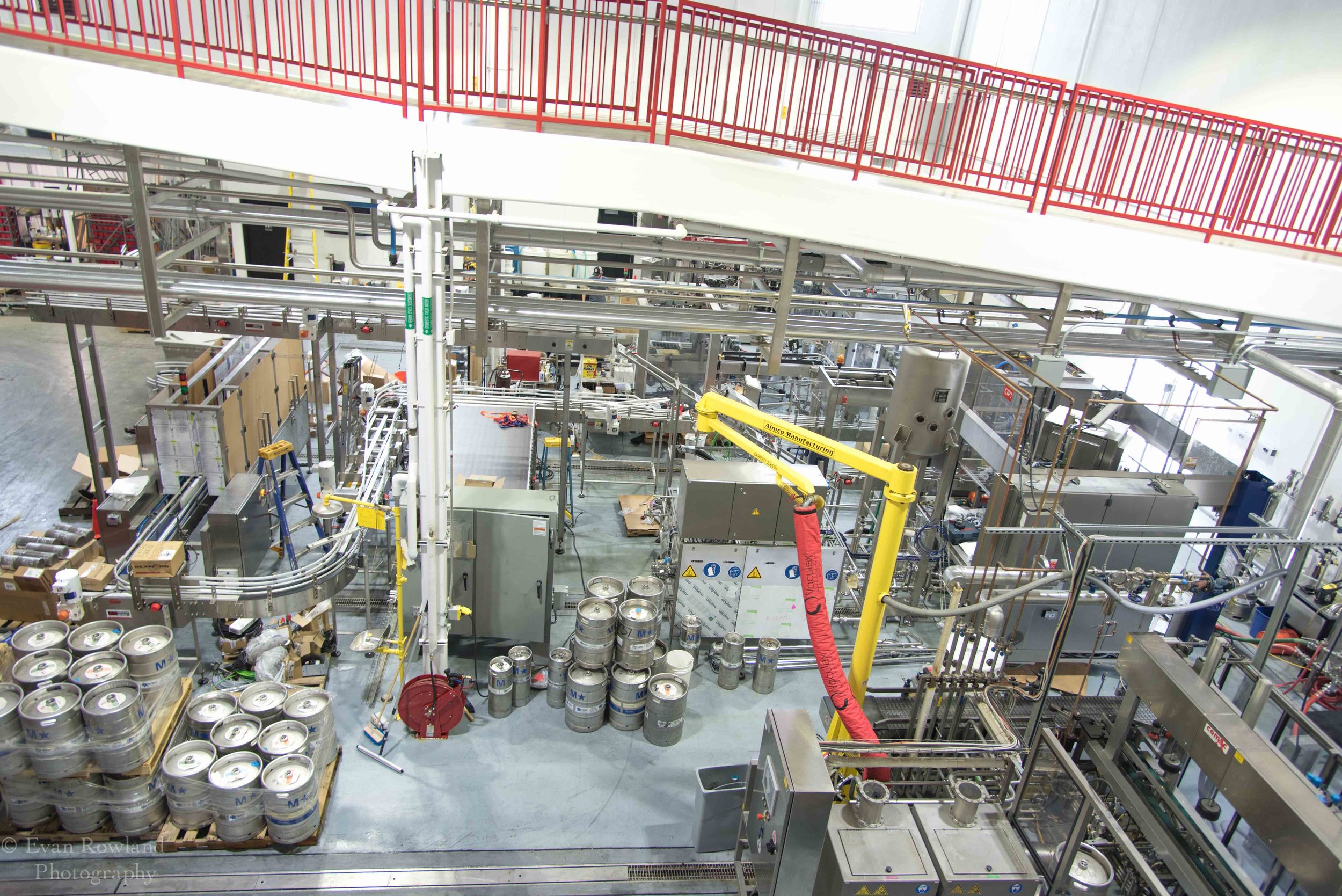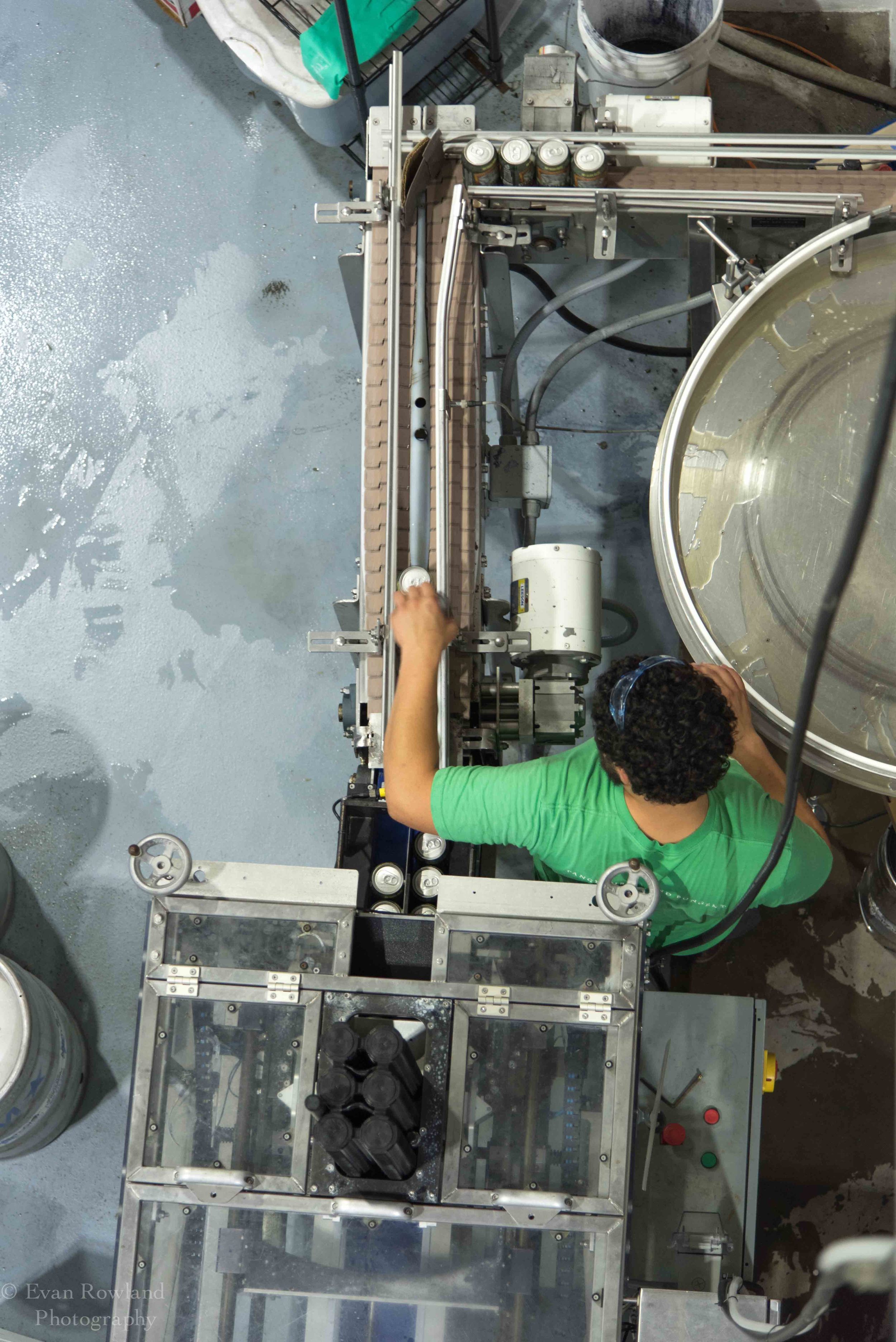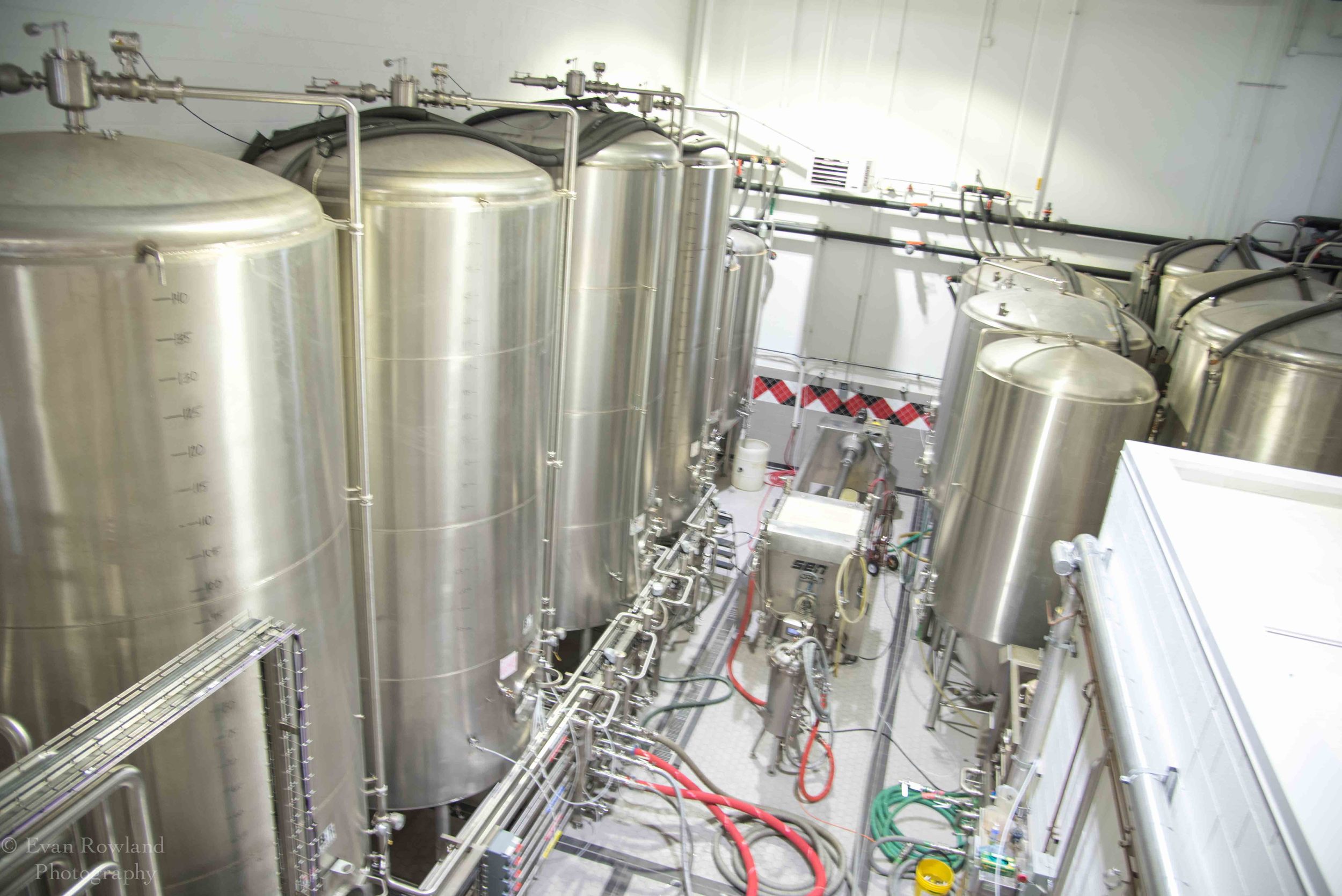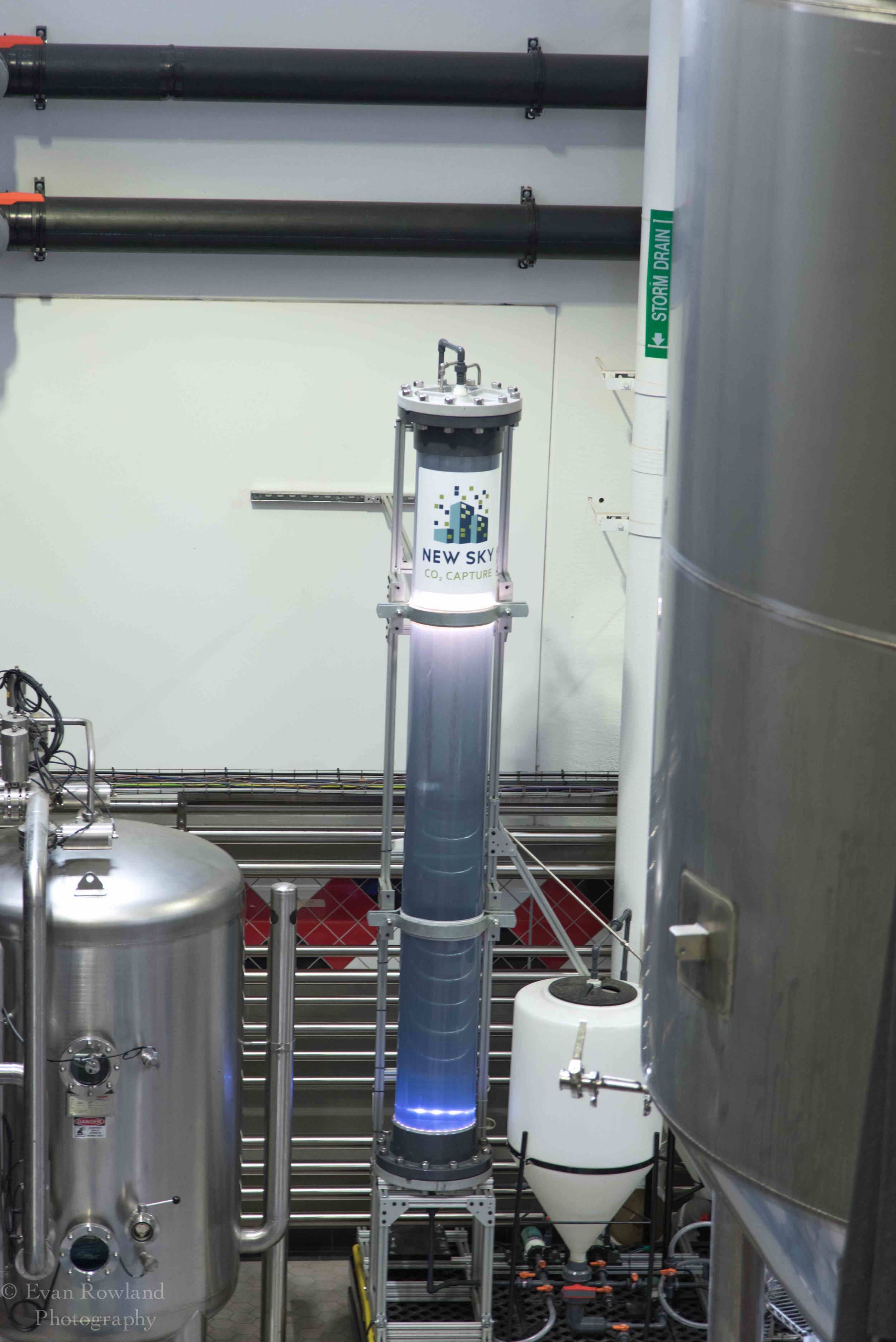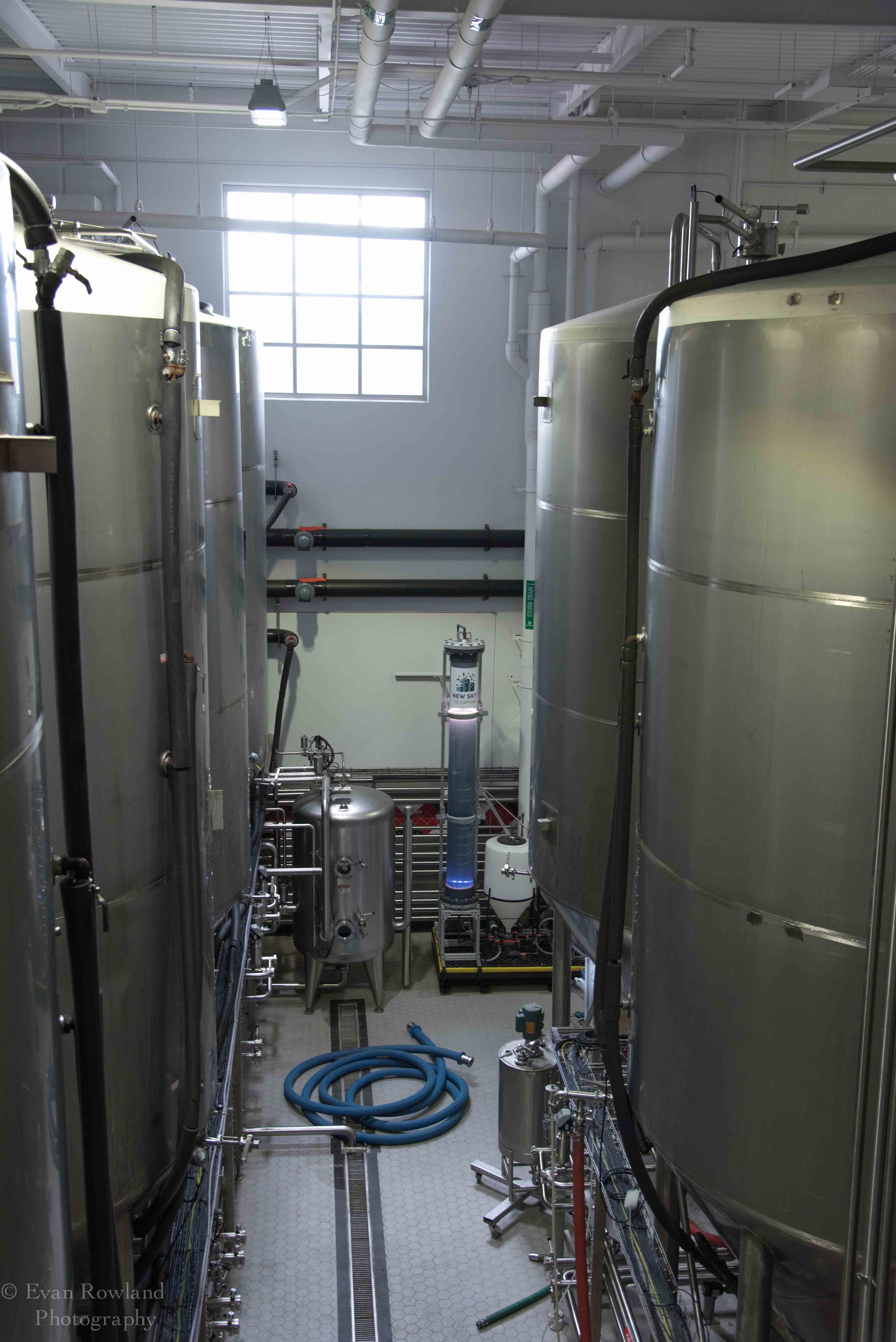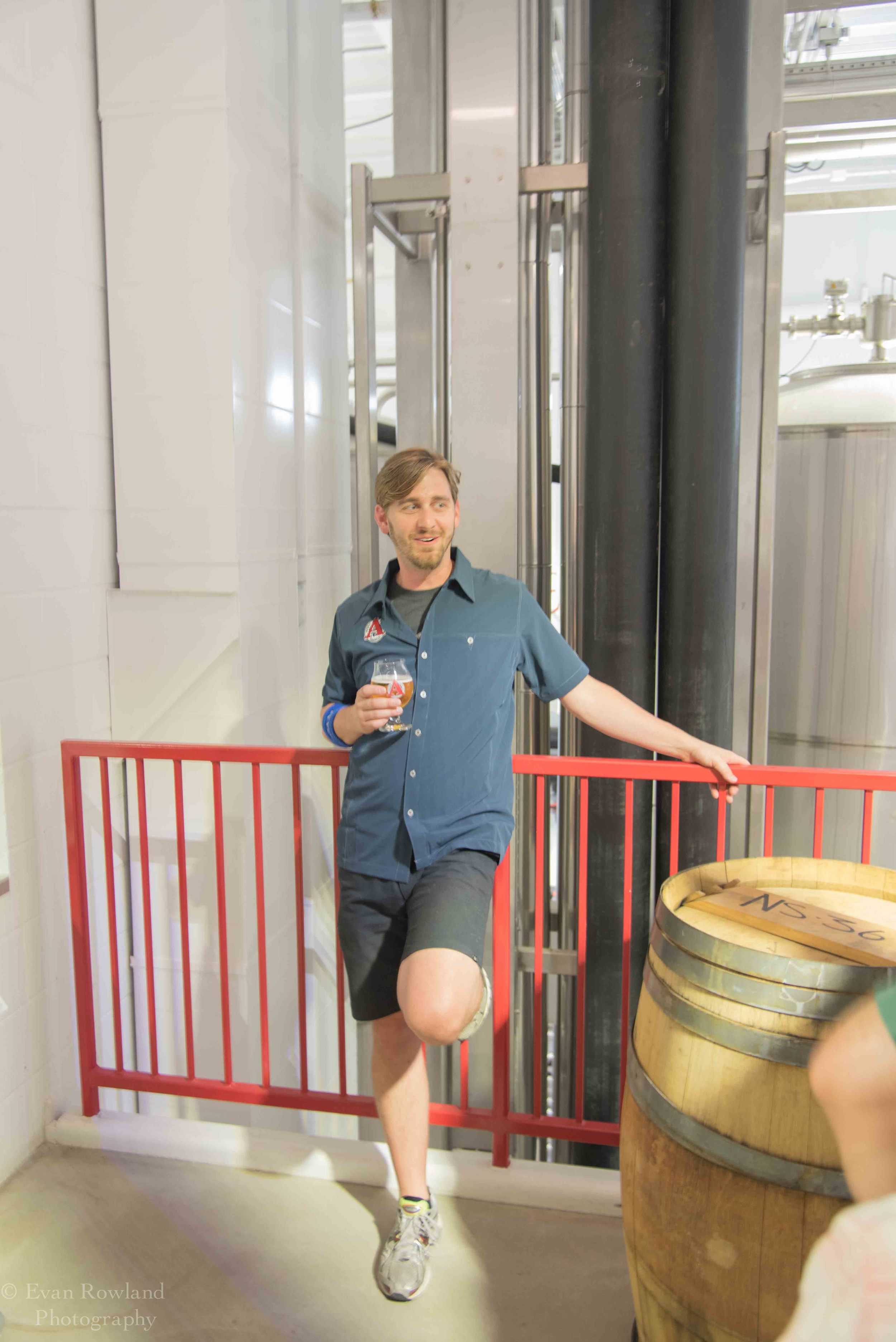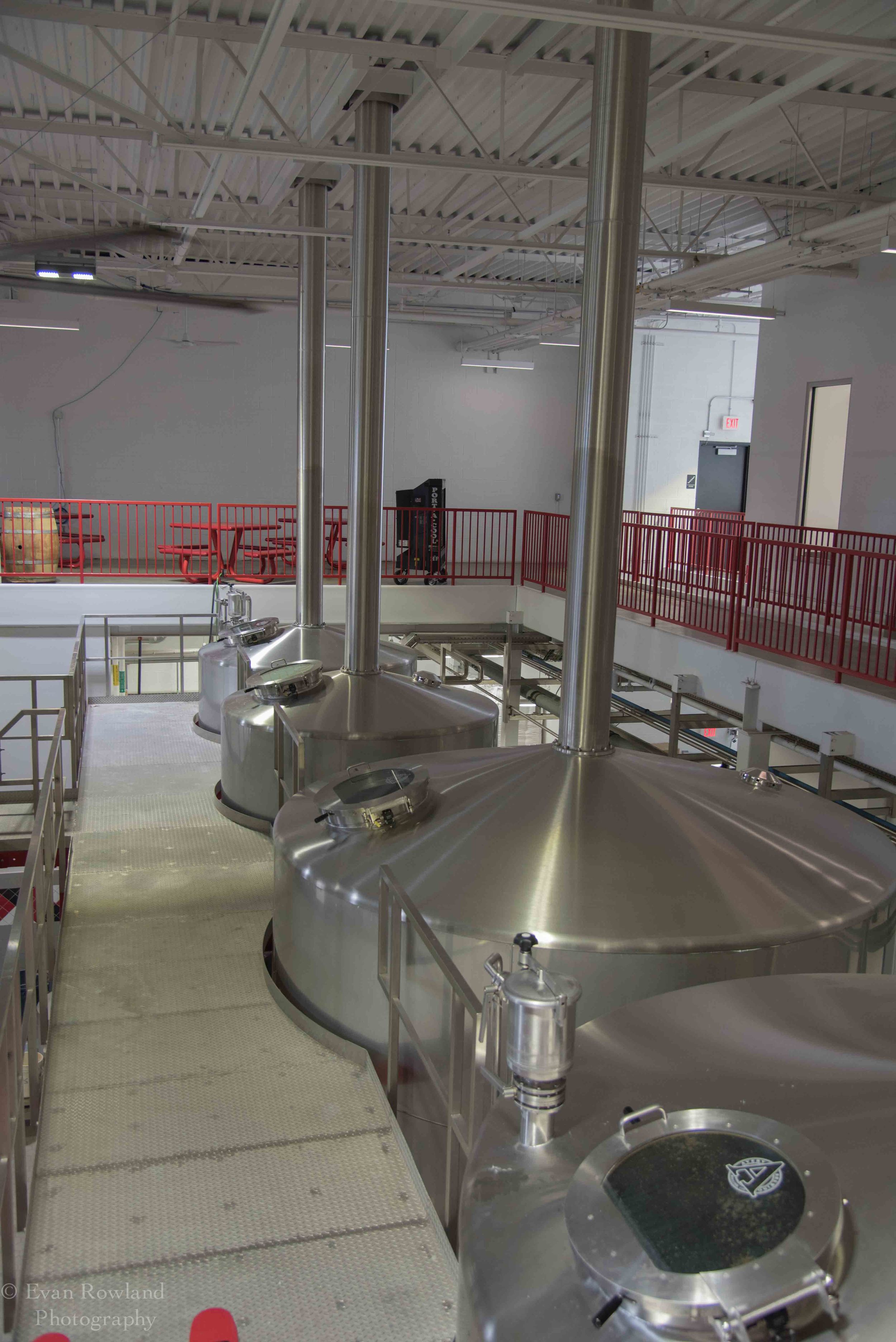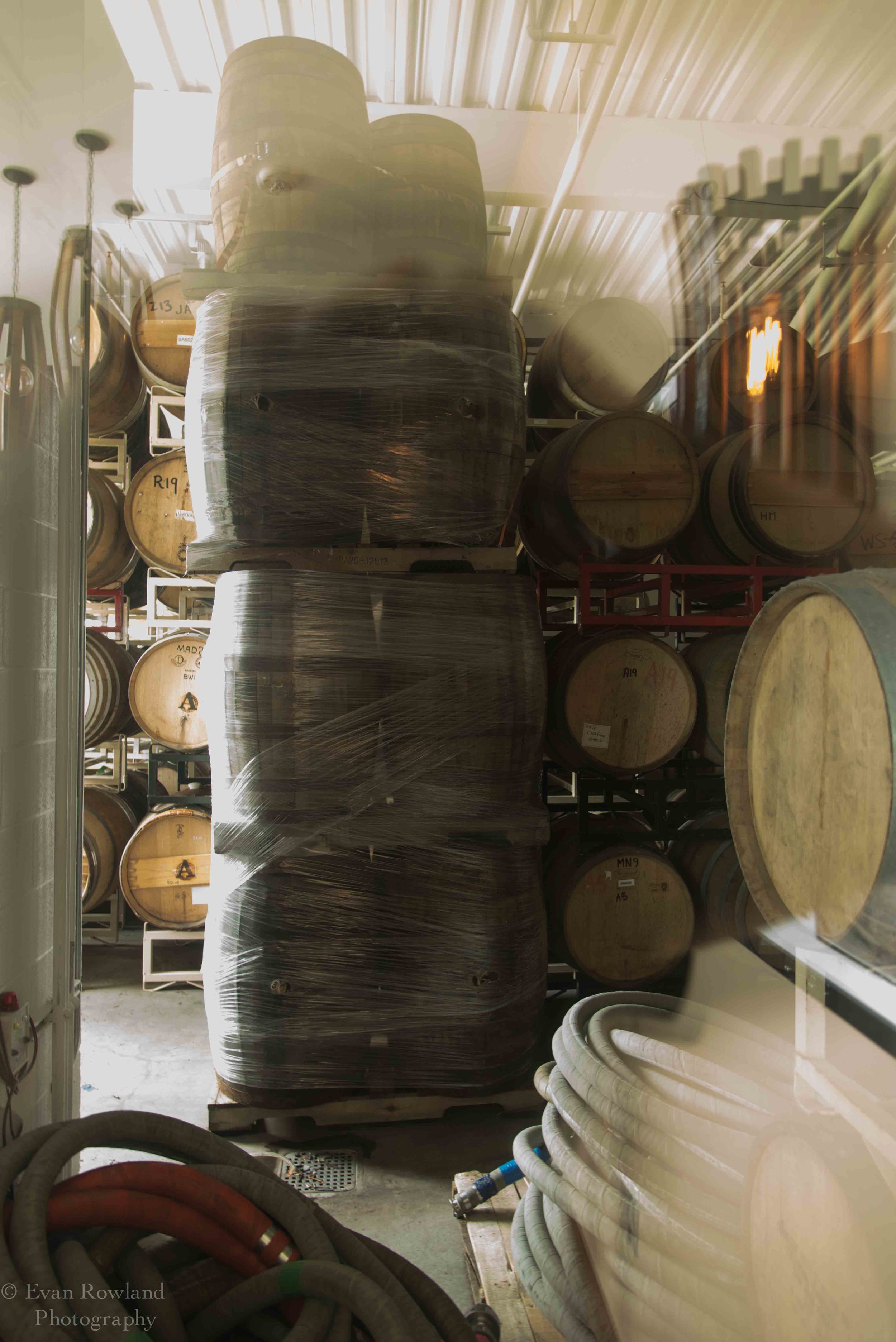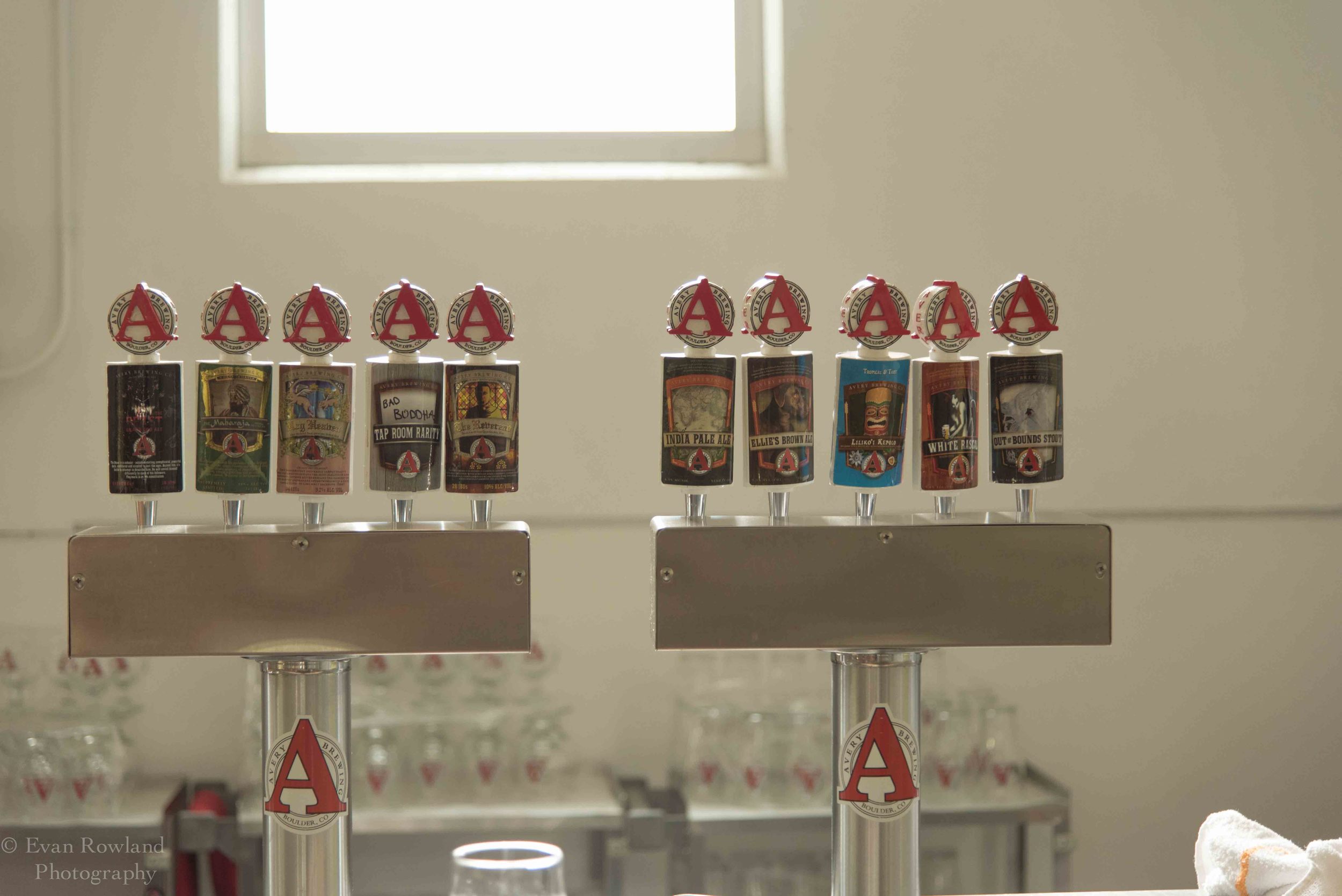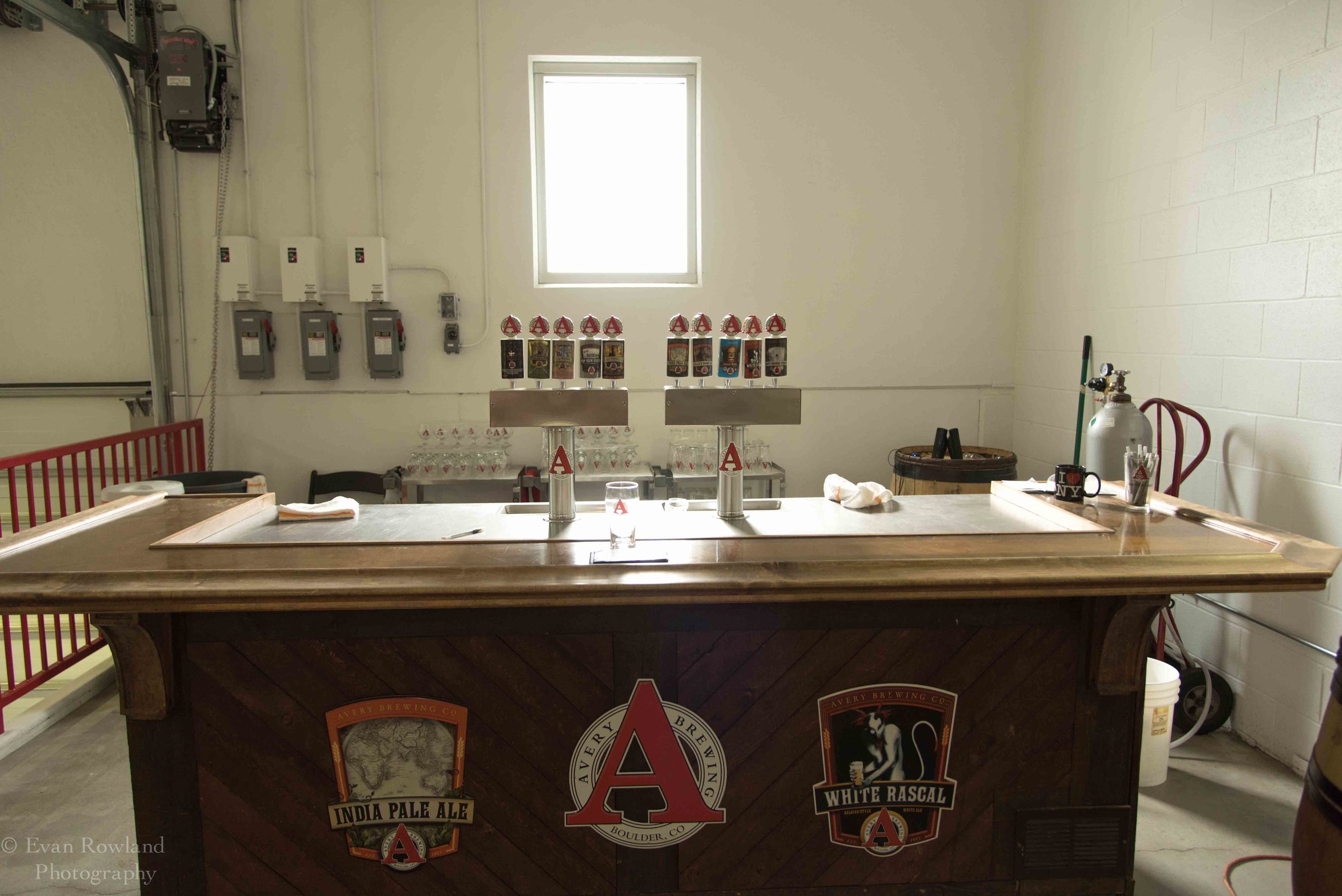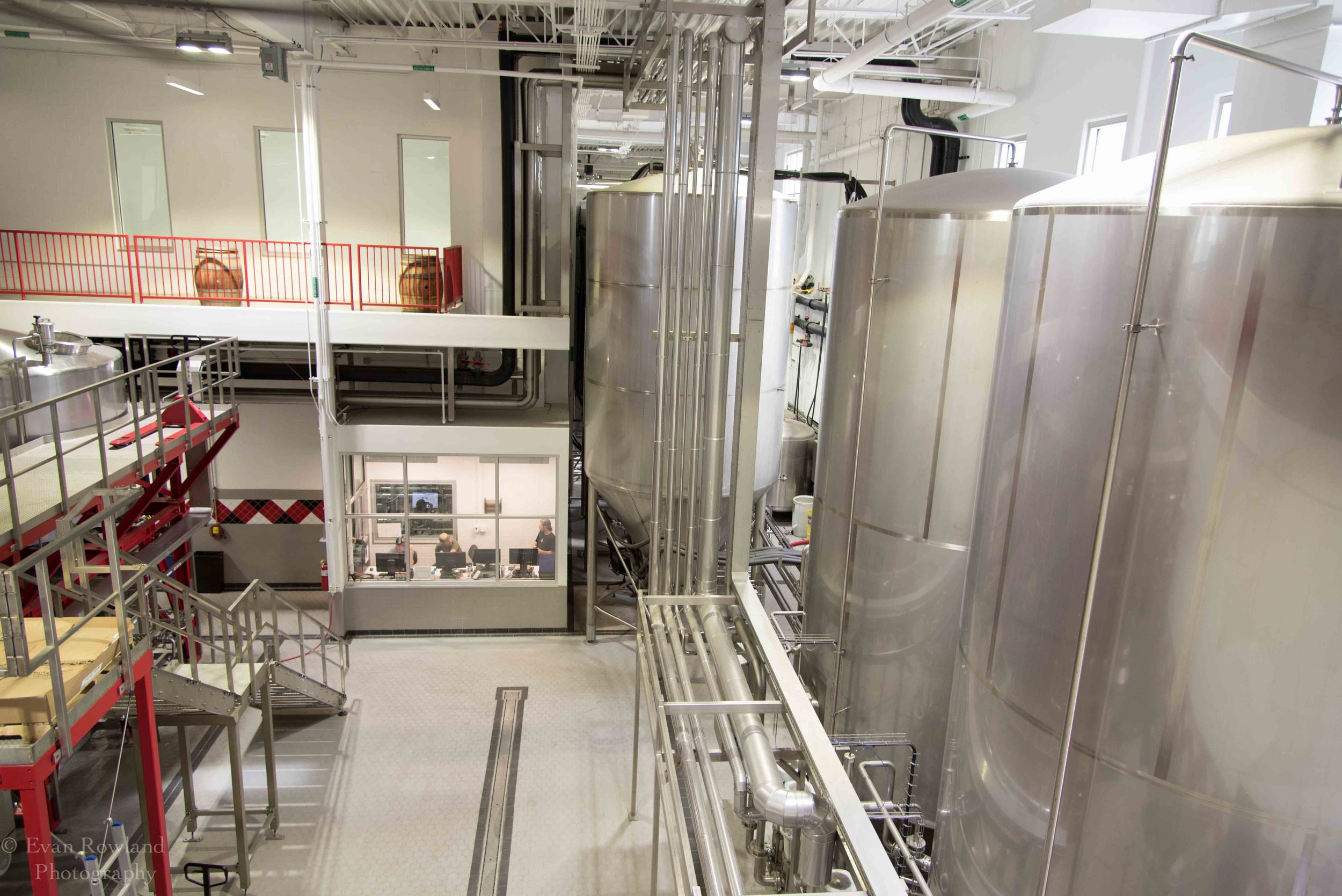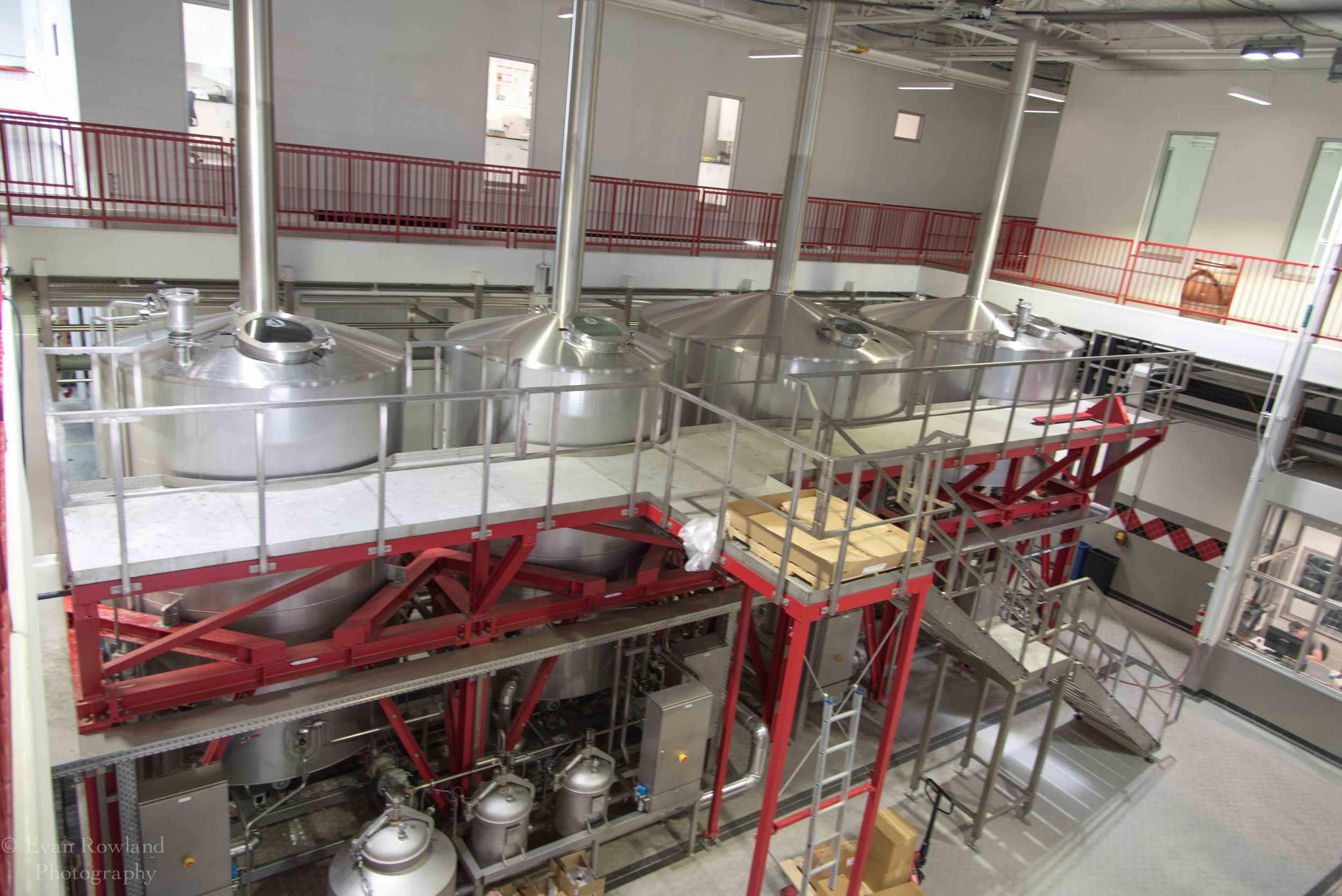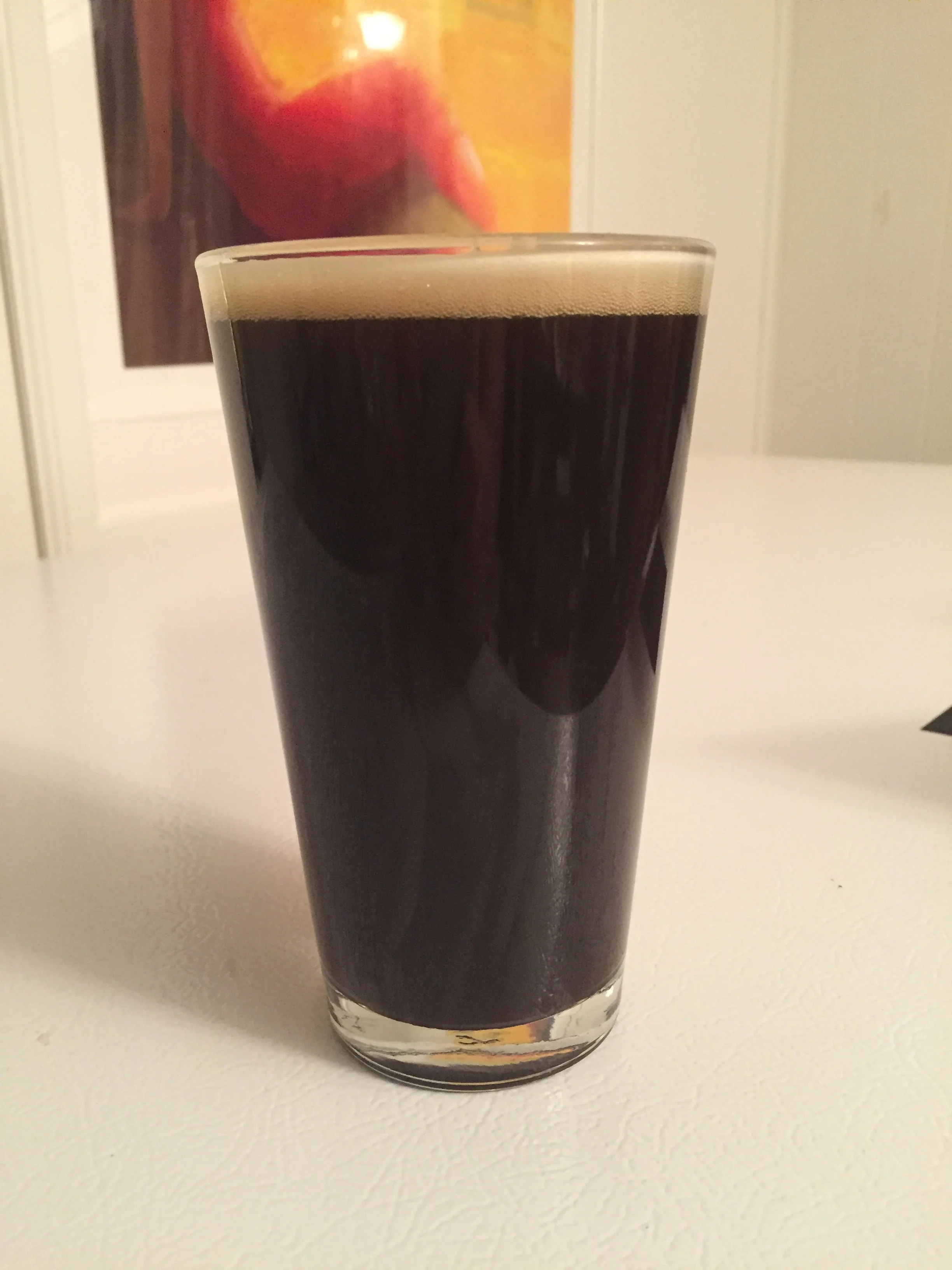As a woman that brews, you get used to the looks of sheer shock when you share that information, even from men who brew themselves. I suppose we are a rare breed? But I have never been a fan of the shocked reactions or the implicit assumption that always followed the shock that I must only brew because a man introduced me to it. As one old coworker put it when he found out, "Did your boyfriend get you into that?"
But I started when I was single. And I started for the love of beer, and with the hope that I could craft my own versions of the beers I loved.
My palate has grown over the years, but when I started brewing I was predominately interested in hoppy beers and Belgians. I was absolutely in love with Troeg's Nugget Nectar, Affligem Blond, and every beer made by La Chouffe. But I didn't know anything about anything, so I started with an amber ale kit.
What followed was a mixed bag of trial and error. Some brews were raging successes in all ways, but there were also exploding bottles from too much bottling sugar and batches with off flavors because I had no control of the temperature in my apartment. It was also weird brewing in my apartment at times. There were three of us living in a two bedroom, with the dining room walled off with plywood to make a third bedroom. One of my roommates didn't like beer, didn't understand the appeal of making your own beer, and resented the afternoons I took control of the kitchen to brew. Sure, I made a huge mess at times, but I always cleaned it up and I liked the way our entire apartment smelled like warm grain when I was through. But there remained a strange tension around it. Once I caught her spraying my fermenting bucket in the communal closet with perfume, even though it had an airlock and didn't smell. After that, I fermented in my bedroom to keep meddling paws away from my beer and dreamed of a time when I'd have my own place where I could brew as much as I pleased. I definitely wasn't going to branch out from extract batches in that situation.
By the time I met Evan, I felt boxed in by kits. I had just moved into my own place, so I finally had the opportunity to branch out. I wanted more control over the beers I made, but I had never made my own recipe. I didn't have the equipment needed to go all grain. And I didn't have any friends who brewed and could give me advice. I began considering braving homebrew events, even though I was nervous about sticking out like a sore thumb as one of the few women in the room. But luckily fate intervened and I met Evan.
When I first met Evan, I asked a million questions about his brewing process. He was brewing far more interesting beers than me: a peanut butter stout and jelly ale meant to be mixed together like a black and tan and an IPA with an insane amount of hops. When I asked why he put so many hops in the beer, he replied "Why not?" It was such a refreshing attitude about beer. So creative! He was already designing his own recipes and brewing outside of the box in the way I aspired to.
The first beer I designed was a Nugget IPA. It was an extract brew with Maris Otter, 2 Row, 1 oz Warrior hops and 3 oz of Nugget hops. It turned out well, so I decided to branch out further. My next beer was a not-so-pale IPA with aromatic grains made entirely with Nelson Sauvin hops. Half of the batch was fermented normally, while the other half was fermented in secondary with a hefty amount of pineapple. Evan's creativity in brewing had rubbed off on me. I consider it one of the first major milestones in my evolution as a brewer.











